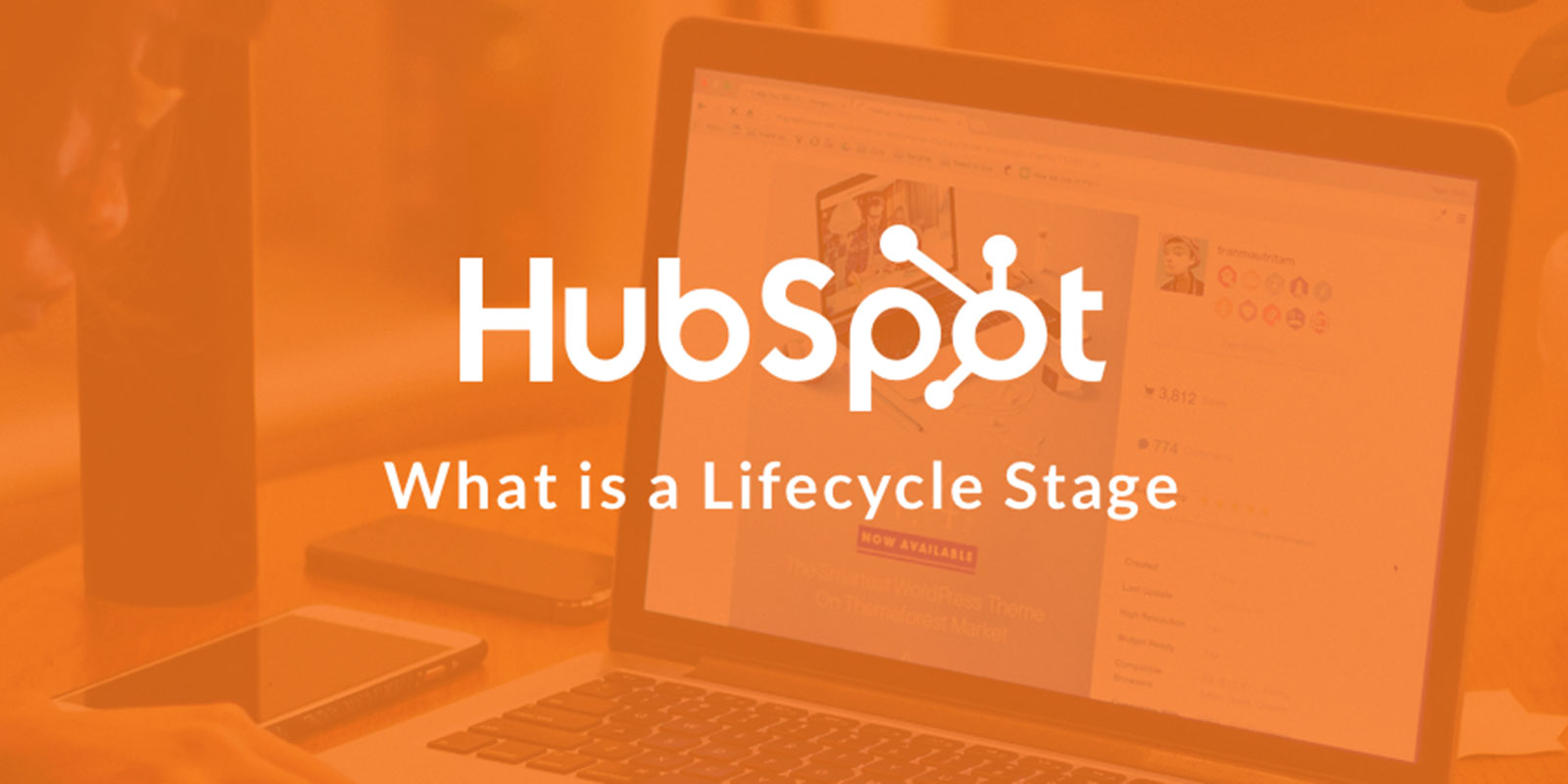How many times do you visit your website? Once a day? More?
Each time you land on your website, HubSpot will track that as a visit. So, take that and duplicate it by everyone in your team or business, do your website stats still look as good now?
You could be looking at false or elevated results, and this could change your whole digital marketing approach.
We need to make sure your activity is invisible, so your own visits to your site aren't counted in your reports. We can do this really quickly via the settings area in HubSpot.
The following data will be excluded from reports:
- CTA views and clicks
- Page views and sessions
- Form submissions
- Clicked events
- Social post clicks
Firstly visit - https://app.hubspot.com/l/reports/settings/advanced/, then follow the steps below to exclude your IP address.
Exclude traffic from IP addresses or referrers
- In your HubSpot account, click the settings icon settings in the main navigation bar.
- In the left sidebar menu, navigate to Reports > Tracking Code.
- Click the Advanced Tracking tab.
- In the IP Addresses to Exclude text box, enter IP addresses or IP ranges to exclude:
- Your current IP address appears above the text box. If you make changes to your network or have employees who visit the site from new networks, you can add additional IPs over time. If you need to find an IP address manually, try going to http://whatismyip.com or http://ip4.me, or ask your IT department or internet provider. If your IP address is dynamic, find out if your internet provider can provide you with a static IP for your corporate office or home network and use that instead.
- Both IPv4 and IPv6 addresses and ranges are accepted in this field.
- An IPv4 address has the following format: x.x.x.x where x is called an octet and must be a decimal value between 0 and 255. Octets are separated by periods. An IPv4 address must contain three periods and four octets. The following examples are valid IPv4 addresses:
- 1.2.3.4
- 01.102.37.255
- An IPv6 address can have either of the following two formats: Normal - pure IPv6 format or Dual - IPv6 plus IPv4 formats. An IPv6 (Normal) address has the following format: y:y:y:y:y:y:y:y where y is called a segment and can be any hexadecimal value between 0 and FFFF. An IPv6 (Dual) address combines an IPv6 and an IPv4 address and has the following format: y:y:y:y:y:y:x.x.x.x. The following examples are valid IPv6 addresses:
- 2001:db8:3333:4444:5555:6666:7777:8888 (Normal)
- 2001:db8:3333:4444:5555:6666:1.2.3.4 (Dual)
- Use commas to separate different IP addresses (e.g., 63.139.127.5, 63.139.127.23), and dashes to represent entire ranges of IP addresses (e.g., 64.159.127.0 - 64.159.127.255).
- In the From these referrers text box, enter referrer domains or IP addresses to exclude. This is most commonly used to block unwanted or spam traffic. If you want to exclude traffic from your own external domains, learn how to track multiple domains with HubSpot.
- In the bottom left, click Save.
One point to note is all historical traffic cannot be retroactively removed from your site analytics.
Read more about what data will be filtered out here: https://knowledge.hubspot.com/getting-started-with-hubspot/how-to-filter-out-internal-traffic-from-your-website-analytics




